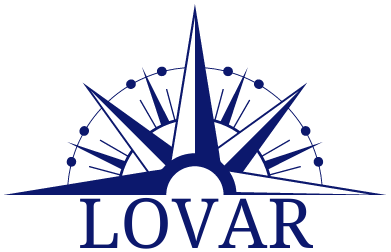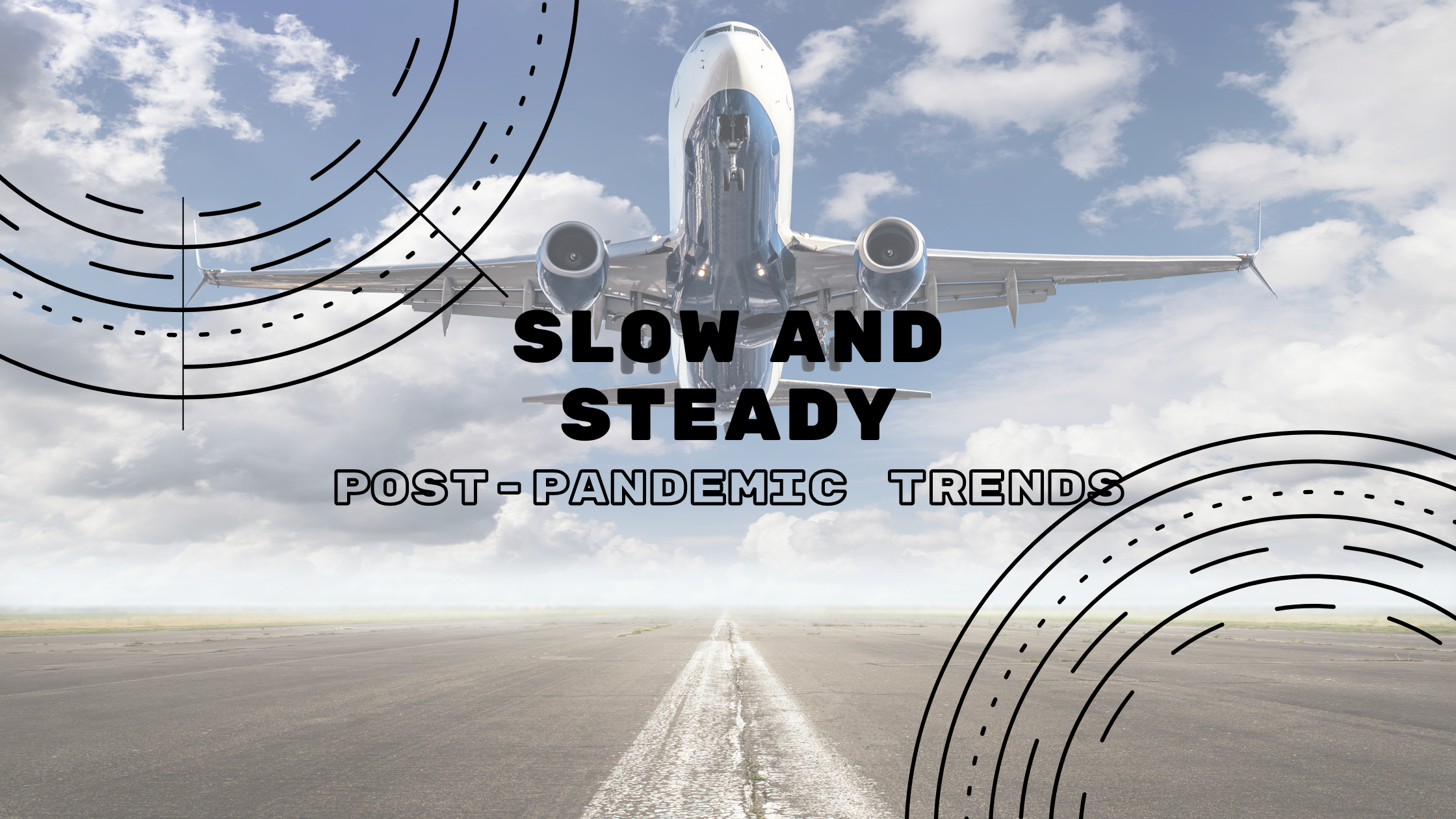The Global A&D industry has been immobilized, both physically and economically, by the height of the Covid-19 pandemic in 2020. This year, according to Deloitte’s 2021 Aerospace and Defense Industry Outlook Report, published back in January, the business is supposed to experience the first timid signs of a recovery. The commercial aerospace sector and the defense sector, however, travel at different speeds and on different take-off strips. Below, we will go through some of the strategies adopted by each sector focusing on success stories and best practices.
The commercial aerospace sector
Commercial air travel is gradually resuming as borders reopen and travel restrictions lift almost worldwide. A recently published research, conducted by McKinsey & Company, highlights five key post-COVID-19 forecasts for the European commercial aerospace industry:
- Slower growth: it will likely take until 2025 before revenues match pre-pandemic levels.
- More agile supply chain: a vertical integration of the supply chain is expected by aerospace executives to better face future crises.
- Improved business and design: changes affecting both the business model and the actual aircrafts will be necessary to accommodate new customer demand.
- New players: competitors outside of the traditional aerospace industry could potentially disrupt the market in areas such as urban air mobility.
- Focus on sustainability: sustainable aviation fuel (SAF) is seen as a likely dominant option until 2040.
Specifically, McKinsey’s analysis indicates an increase in the demand for single-aisle and regional aircrafts. For the European supply chain this implicates moving away from big international customers, and back to more financially secure operating points.
The general drop in activity during 2020 has created the time and opportunity for manufacturers like Ford Aerospace to focus on low-volume outputs, perfecting their business strategy, internal structure, and technology to make their products more cost-effective.
A slow and gradual recovery means that many of the companies operating in this sector are reorganizing internally both to go along with the new trends and to be better prepared for any new future challenges.
To conclude on a positive note, many of the big players in the commercial aerospace sector are already making bold statements and showing positive results:
- Rolls Royce, maker of Airbus and Boeing engines, announced a return to profit in August 2021
- Airbus plans to produce 70 jets per month in 2024
- Boeing aims to boost its production of 737 Max jets to 42 per month by the end of 2022
The defense sector recovery
For this sector, business has stayed more or less stable throughout the pandemic. Most of the countries that have invested heavily in the defense industry pre-COVID19, still continue to do so, aiming to strengthen their military presence. We are referring to nations such as the United States, China, Japan and France, which have either maintained their military budget unchanged or even, in some cases, increased it. There are of course some exceptions: Russia, for example, will decrease its military spending by 5% between 2021 and 2023 to invest in other social programs designed to help the country’s post-pandemic recovery.
A recent report published by The Aviation Industries Association (AIA) explains how the negative impacts suffered by the commercial sector could partly affect the military one, given the close integration of their production and supply chains. Many suppliers, in fact, serve both commercial aerospace and defense, and any slowdown from the first could leave the second vulnerable with regard to obtaining critical parts for their missions.
Focusing specifically on the U.S. defense sector, AIA states that improvements made so far in the military aerospace readiness and modernization, are now threatened by the pandemic’s impact on the shared supply chain. Going one step further, the association suggests some possible actions like:
- Creating demand for programs that strengthen security through military missions, with prime contractors or subcontractors that have commercial aerospace market exposure.
- Authorizing increased payments of ongoing contracts as they reach production milestones.
Zooming in on Italy’s defense sector, some interesting figures and insights are reported by the in-depth analysis of the Center of International Studies (CESI). Numbers speak for themselves: the Italian Aerospace, Defence and Security (AD&S) industry is worth 13.5 billion euros, about 15% of the value of the entire sector in Europe. It is important to know that 70% of this value comes from export. Protecting the defense industry from the negative impacts of COVID19 should be among the top priorities for the country’s policy makers. Government investments in this sector would, in fact, be fundamental in maintaining Italy’s economic stability, but also in confirming its international geopolitical influence.
As far as the supply chain is concerned, the Italian AD&S industry could face similar problems to the U.S.. One strategy to adopt, as suggested by Gianluca di Cicco, Workforce Transformation Leader for Deloitte, is for manufacturers to diversify both in terms of customers and products. This would allow them to become more resilient and overcome difficult times like these faster.
Conclusion
There is no lack of initial proposals and guidelines on recovery strategies for the commercial and military aerospace sectors. The road to “normality” is, however, still long and the awareness that the COVID19 global health crisis will continue to give this sector a hard time, forces many of the major players to proceed with caution. Time, resourcefulness and adaptability are key to pull through this crisis and come out the other side stronger, more agile, and ready for the next challenges.

